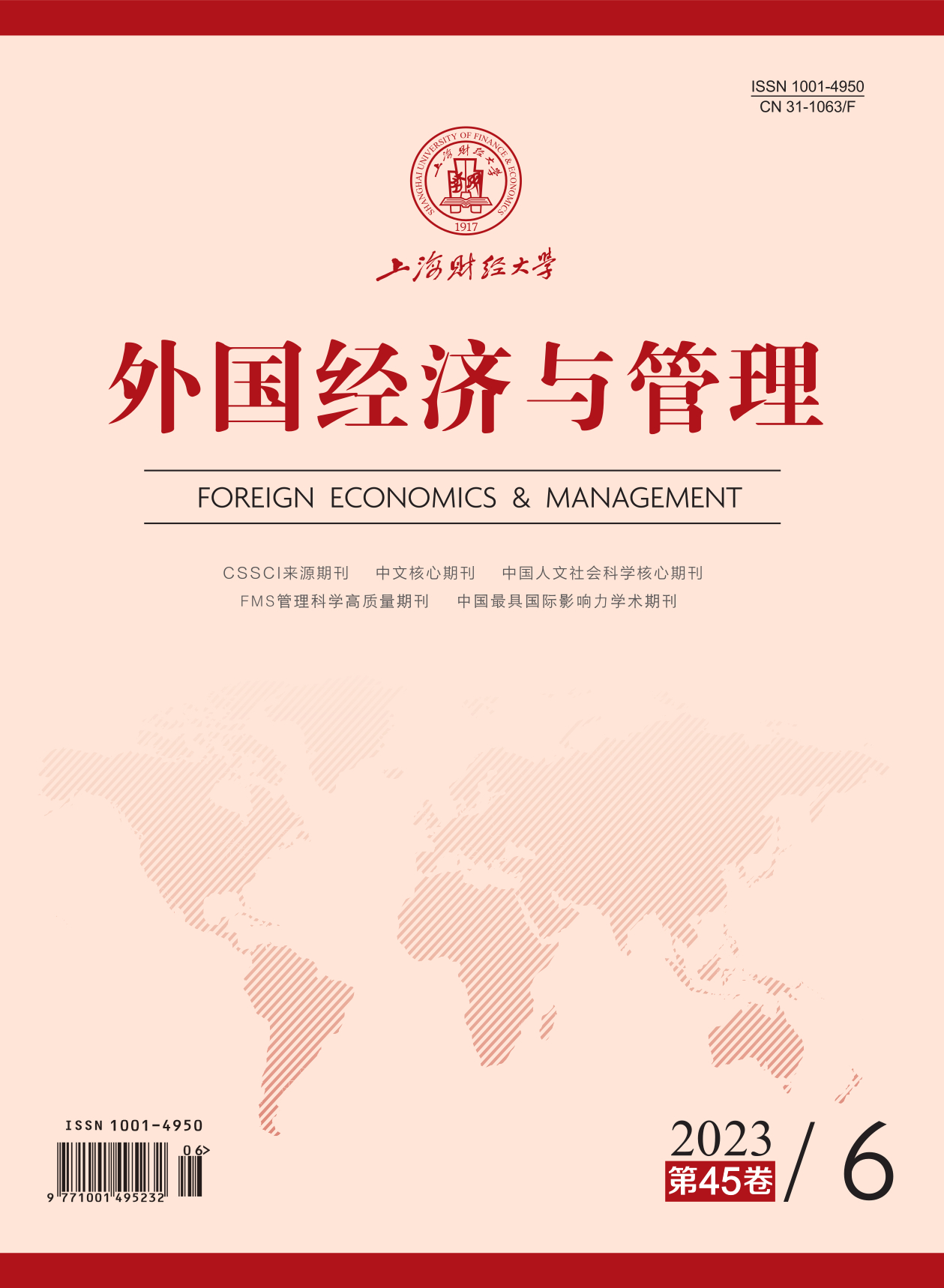Climate change is closely related to economic development. It is an important guarantee for the sustainable development of enterprises to actively assess and predict the impact of climate change and effectively identify and grasp potential market opportunities. The appearance of global carbon emission peak greatly depends on the peak time of Chinese carbon emission. For this reason, China has issued a series of policy documents that set clear requirements for “carbon peaking”. As an important practice subject to realize the strategic goal of “carbon peaking”, enterprises will be significantly affected in sustainable development.
This paper selects the carbon emission data of each province and takes A-share listed companies in China from 2015 to 2019 as the sample to test the impact and its mechanism of regional “carbon peaking” pressure on the earnings persistence of regional enterprises. The study shows that regional “carbon peaking” pressure can improve corporate earnings persistence. Mechanism testing shows that, “carbon peaking” pressure can improve corporate earnings persistence by affecting the resource acquisition and green innovation activities of enterprises. Scenario heterogeneity analysis finds that, the improvement effect of “carbon peaking” pressure on corporate earnings persistence is mainly reflected in the samples with relatively convenient access to resources (regions with higher government subsidies and better development of green finance), samples with a relatively good environment and ability to carry out green innovation activities (enterprises in low policy uncertainty and high-tech industries), and samples with relatively great pressure of “carbon peaking” (enterprises in heavily polluting industries and places with high carbon emissions).
The contributions of this paper are as follows: First, it not only expands the research on the factors affecting corporate earnings persistence from the perspective of “carbon peaking” pressure, but also supplements the research on the impact of carbon emissions on enterprises from the perspective of long-term development, providing a new theoretical basis for enterprises to realize the “carbon peaking” goal while achieving sustainable development. Second, it reveals the important mechanism of “carbon peaking” pressure to improve corporate earnings persistence, and explores multiple channels for enterprises to achieve healthy and sustainable development under the premise of “carbon peaking” goal. Third, scenario heterogeneity analysis is carried out from the perspectives of resource acquisition, green innovations and industrial and regional characteristics, so as to find an optimal path for maximizing the supporting role of “carbon peaking” pressure. The conclusions are helpful to expand the research scope of macro policy environment and micro enterprise behavior, and enable the government and enterprises to deeply understand the relationship between the realization of “carbon peaking” goal and corporate earnings persistence.





 4171
4171  2748
2748

